They both protect your mattress from body sweat oils, dust, and dirt. The biggest difference is that the corners of a fitted sheet are elasticized for added stability. A flat sheet is designed to provide a protective layer between you and your duvet cover.
Read more: Top 10 Best Bed Sheets in 2024
What are Flat Sheets
Flat sheets are versatile. They can serve as an additional layer under your duvet or blanket, providing extra warmth. They protect your sheets and duvet from sweat, dirt, and dust, extending the time between washes. Flat sheets are also easy to store; they can be neatly folded and take up very little space in the linen closet.
One disadvantage of fitted sheets is their elastic corners, which make them difficult to fold neatly. They often end up bulky and hard to store. In contrast, flat sheets are easy to fold and lay flat, making storage much more convenient.
Pros:
- Versatility: Flat sheets can be used on any size mattress and are very adaptable. You can tuck them in neatly around the mattress or let them hang loose, depending on your preference.
- Easy to Fold:Unlike fitted sheets, flat sheets are easy to fold and store. Their rectangular shape makes them easy to manage.
- Additional Layer:Adding a flat sheet between you and the blanket provides an extra layer of warmth, which is especially useful in colder months. It also acts as a barrier to protect the blanket from sweat, body oils, and dirt.
- Comfort: Flat sheets can offer a softer, smoother sleeping surface, enhancing overall comfort.
- Cooling Option: In warmer months, using just a flat sheet instead of a blanket can help you stay cool while still feeling covered.

Cons:
- Shifting: Flat sheets often move around and come untucked during the night, especially if you toss and turn. This can cause discomfort and require frequent readjustments.
- Extra Work: Making the bed with a flat sheet can be more time-consuming than with a fitted sheet. You need to tuck in the sides to keep the sheet in place.
- Wrinkling: Flat sheets wrinkle easily, which may require additional ironing if you prefer a neat and smooth appearance.
- Double Layers: Using a flat sheet means you have an extra piece of bedding to wash and maintain, increasing your laundry load.
What are Fitted Sheets?
Fitted sheets also known as bottom sheets, have elastic corners designed to fit snugly over the mattress. The elastic corners ensure the sheet stays in place, providing a smooth and secure sleeping surface.
Pros:
- Secure Fit: The elastic corners hold the sheet firmly in place on the mattress, preventing it from slipping off no matter how much you move during the night.
- Neat Appearance: Fitted sheets give your bed a neat, smooth look, making it appear well-made and inviting.
- Easy to Use: Fitted sheets are quick and easy to put on and take off, saving you time and effort when making the bed or changing the sheets.
- Comfort: Fitted sheets stay in place on the mattress, providing a consistent, smooth surface that prevents bunching and wrinkling, enhancing sleep comfort.
- Protection: Fitted sheets help protect your mattress from dust, sweat, and spills, extending its life.

Cons:
- Difficult to Fold: The elastic corners of fitted sheets make them notoriously difficult to fold neatly, posing a challenge for storage.
- Size Requirements: Fitted sheets need to match the exact size of your mattress. If the sheet is too small, it won't fit; if it's too large, it won't stay in place.
- Elastic Wear: Over time, the elastic can stretch out or wear down, reducing its ability to stay securely on the mattress.
- Limited Use: Unlike flat sheets, fitted sheets can only be used as bottom sheets and are not suitable for other purposes, such as an extra cover layer.
Key Differences Between Flat and Fitted Sheets
Versatility
A flat sheet is a regular rectangular piece of fabric that lies flat on the bed. As the name suggests, it has no elastic corners. It is usually placed on top of a fitted sheet and underneath a duvet or blanket. Some people also place it directly underneath a blanket to protect the sheet and blanket from getting dirty. It can also be used as a lightweight quilt in warm weather. They are not restricted to a specific size and can fit a variety of bed types.
On the other hand, fitted sheets are specifically designed to go over a mattress and come with elastic corners to hold them in place. This makes them less versatile but ensures a snug fit.
Shape
The shape is the fundamental difference between a flat sheet and a fitted sheet. A flat sheet is rectangular with straight edges that can be easily folded and tucked under a mattress. Fitted sheets sometimes have elastic in the corners and sides to create a pocket that can fit snugly around a mattress. This design is meant to prevent the sheet from sliding off during use.
Care Instructions
When it comes to care instructions, fitted sheets are generally easier to manage. Since a fitted sheet is flat and simple, it can be easily ironed to get a smooth finish. The corners and fitted shape of fitted sheets make them more challenging to iron. However, both types of sheets are generally machine washable and dryable, but it is best to follow the manufacturer's specific instructions for best results. Check how often should you wash your bed sheets.
Design Features
Bed sheets have a simple design and usually come with rolled edges. They come in a variety of colors, patterns, and materials, offering beautiful versatility. Fitted sheets have more complex design features, as they have elastic corners to fit snugly around your mattress. They also come in a variety of colors, patterns, and materials, but functionality is prioritized in their design to ensure they stay in place.
Folding and Storage
Folding and storing sheets is simple. They fold neatly into a compact rectangle for easy storage in your linen closet. Fitted sheets are notoriously difficult to fold due to their elastic corners. However, with some practice, they can be folded into a shape that is easy to handle. Proper storage helps them retain their shape and elasticity over time.
In conclusion, bed sheets and fitted sheets each have their own unique features and uses. Bed sheets offer versatility and simplicity, while fitted sheets offer a secure fit and protection for your mattress. Understanding these differences can help you choose the right type of sheets for your needs and ensure your bed is comfortable and well-maintained.

How to Choose?
Fabric
Whether it is a flat sheet or a fitted sheet, there are many fabrics to choose from. If you need to choose a fabric that is suitable for the hot summer weather, you can consider cotton, lyocell, bamboo fiber, etc. Cotton sheets are soft and breathable, suitable for all seasons. Although linen sheets are slightly more expensive, they are very durable and have good moisture absorption. Bamboo fiber sheets have natural antibacterial properties and are very suitable for sensitive skin. Polyester fiber sheets are economical and easy to wash and maintain.
Weave
The weave affects the feel and durability of the sheets. Percale sheets are smooth and durable, suitable for people who like a refreshing feeling. Sateen sheets are smooth and shiny, giving a luxurious feeling. Jersey sheets are soft and stretchy, similar to the touch of a T-shirt, suitable for people who like a warm and soft feeling.
Thread Count
The thread count refers to the number of yarns per square inch. Generally speaking, the higher the thread count, the softer and more durable the sheets. Common thread counts range from 200 to 800. You don't have to go for the highest number when choosing a thread count; a thread count between 300-500 is usually comfortable and durable enough.
Price
Price is an important consideration when choosing sheets. High-quality sheets tend to cost more, but they also offer more comfort and durability. Considering how often your sheets will be used and how long they will last, it's usually worth it to go for slightly more expensive, but higher-quality sheets.
Personal Preference
Ultimately, choosing sheets comes down to personal preference. Some people like the softness of cotton sheets, while others prefer the cool feel of linen sheets. Choose the sheets that work best for you based on your sleep habits and needs.
Conclusion
In summary, fitted sheets and flat sheets serve different purposes in your bedding setup. If you want a sheet that will hold and protect your mattress, choose a fitted sheet and consider using bed straps for added security. If you want a versatile sheet that will protect your bedding while also adding warmth, choose a flat sheet.
Also, it is not recommended to use a fitted sheet as a flat sheet. The elasticized corners can make it uncomfortable. The purpose of a fitted sheet is to cover the mattress and stay in place. If you need an extra layer of warmth, it is better to use a flat sheet as it lays flat and provides a comfortable layer of warmth.
More Articles

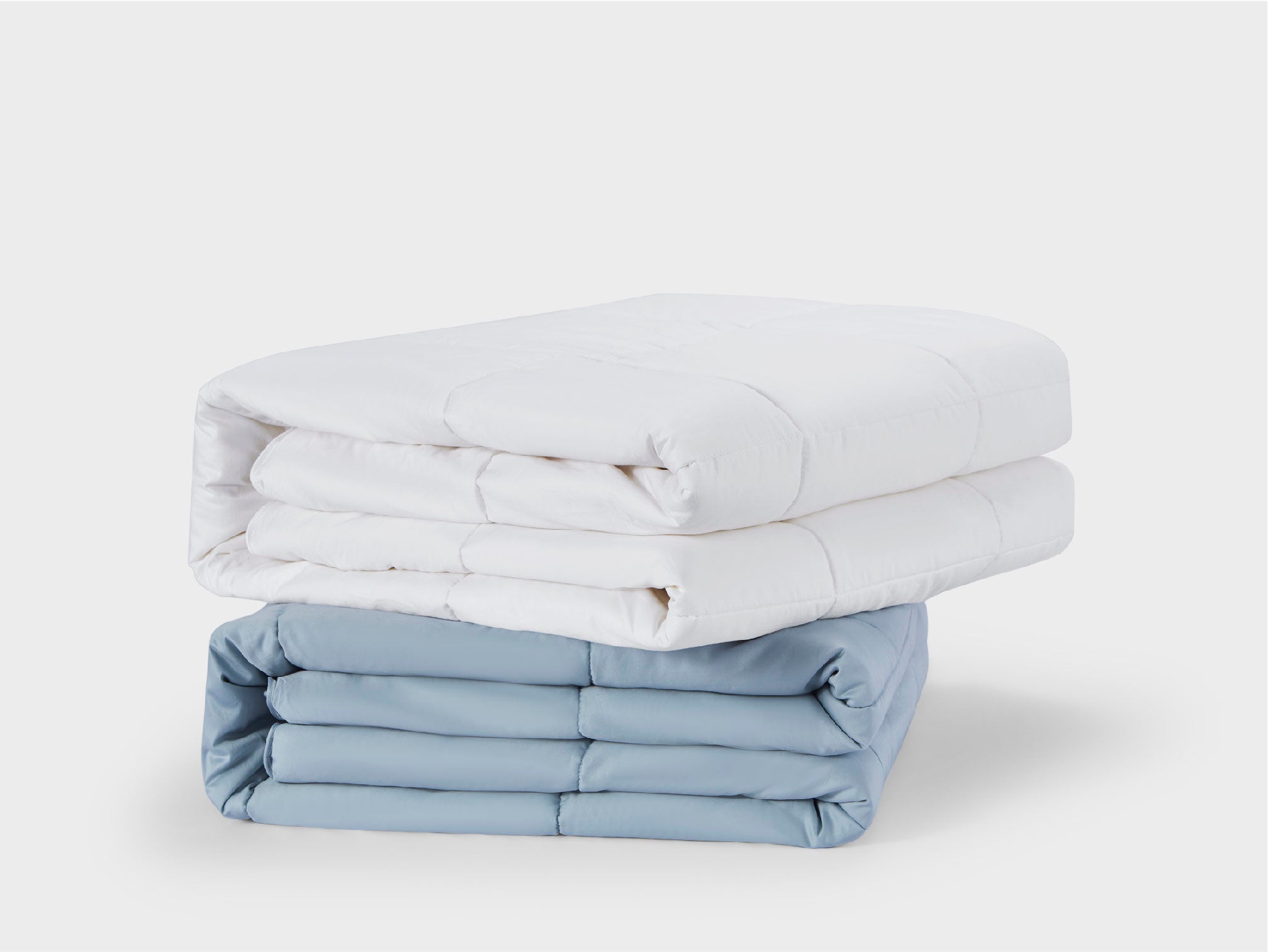
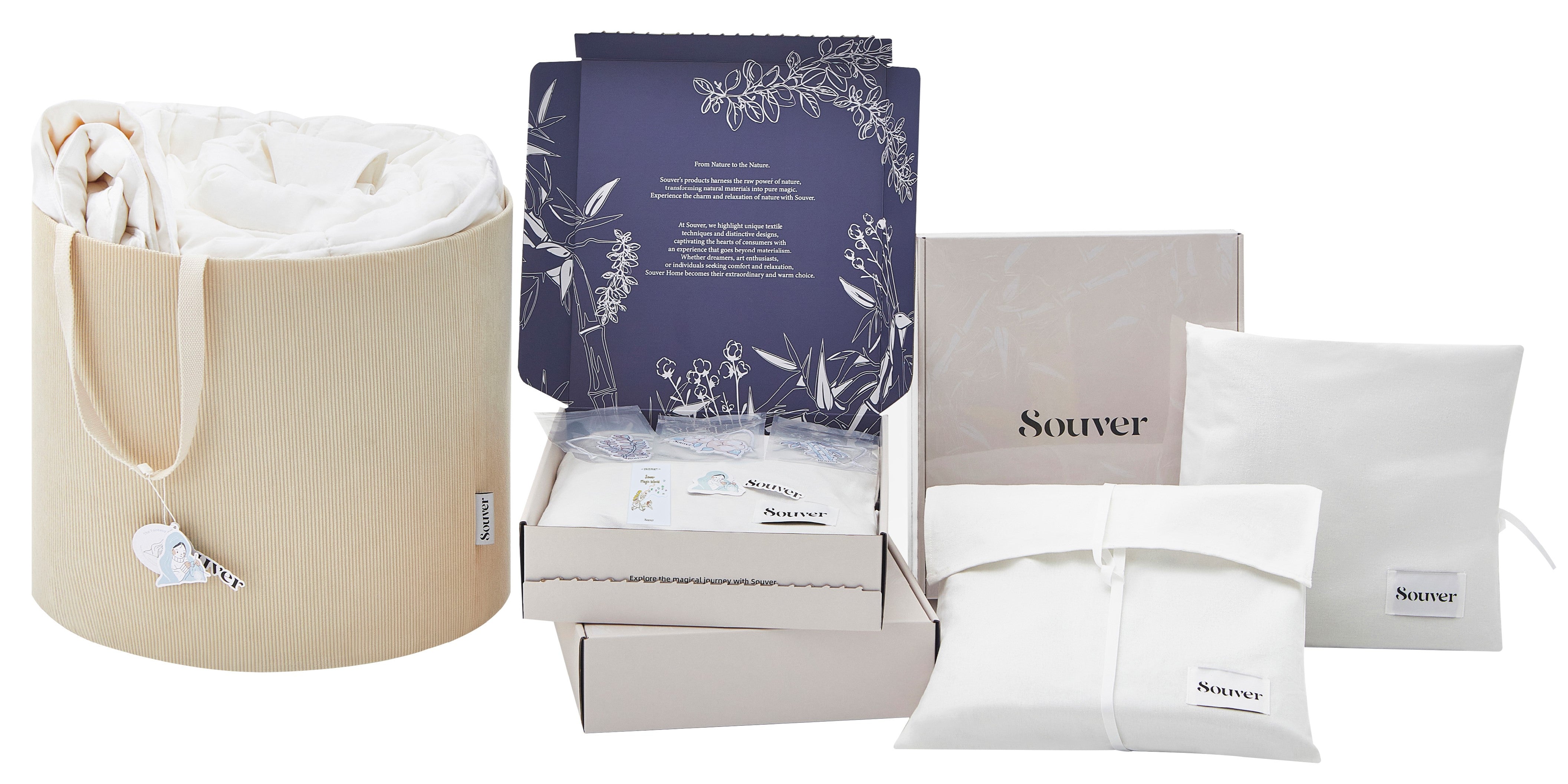


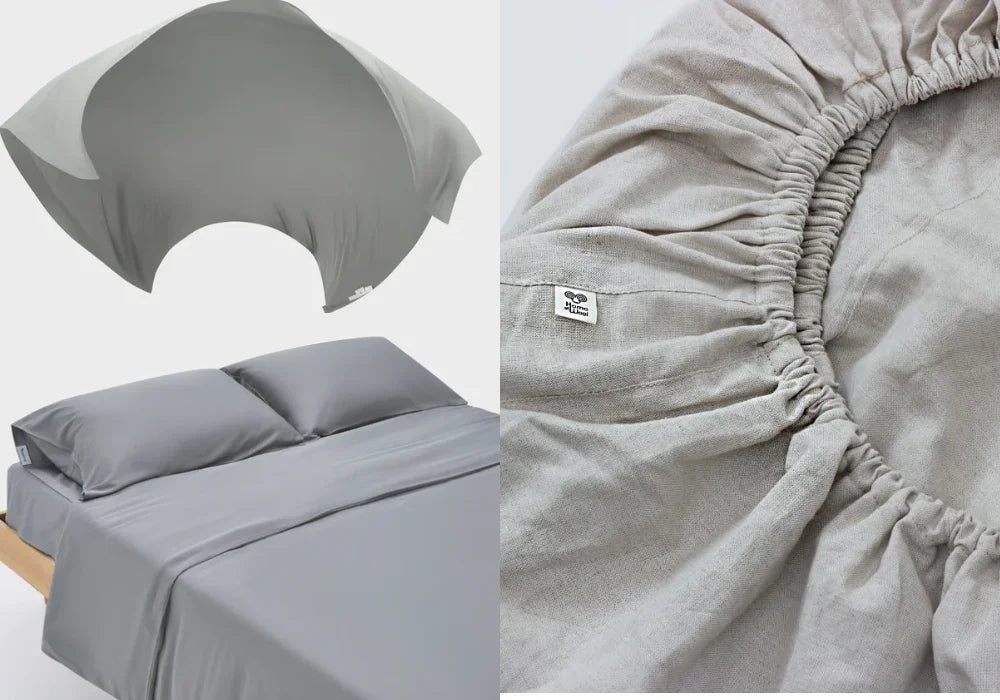
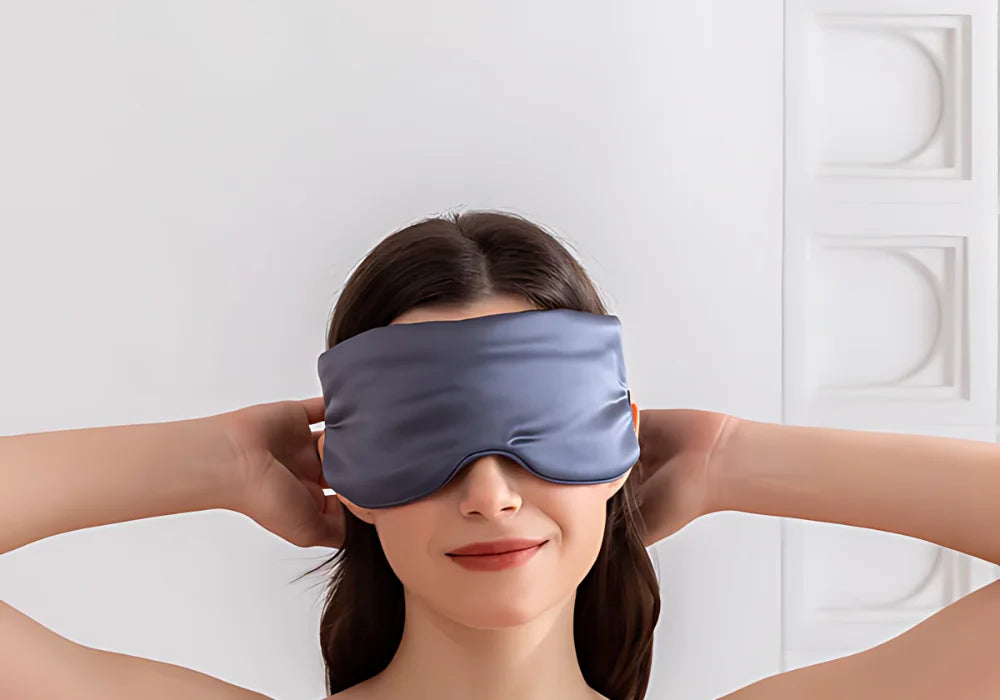
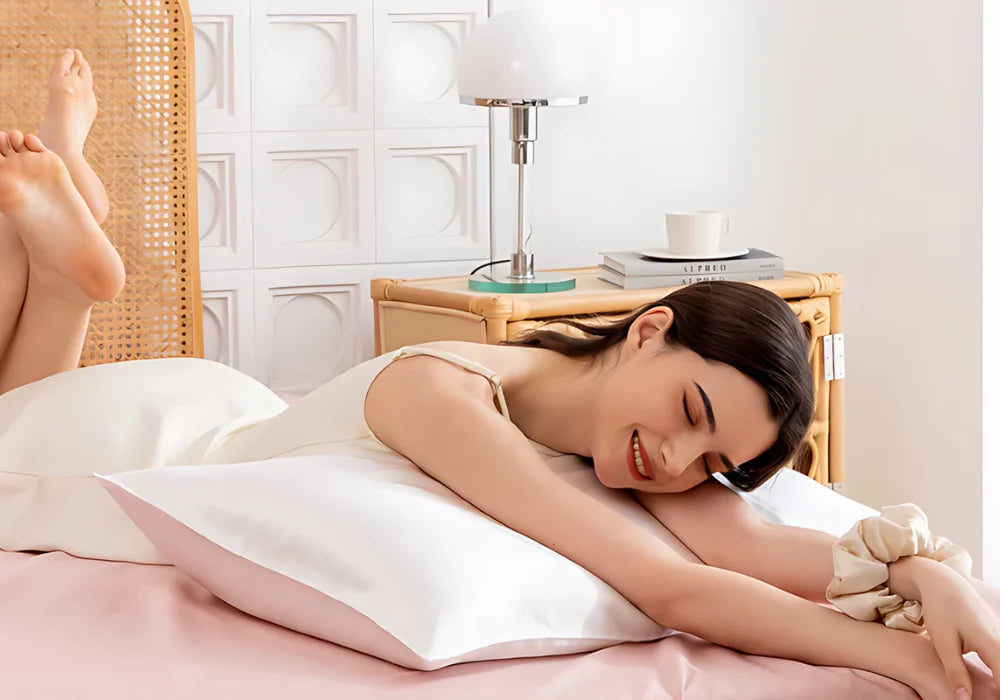
Leave a comment
This site is protected by hCaptcha and the hCaptcha Privacy Policy and Terms of Service apply.